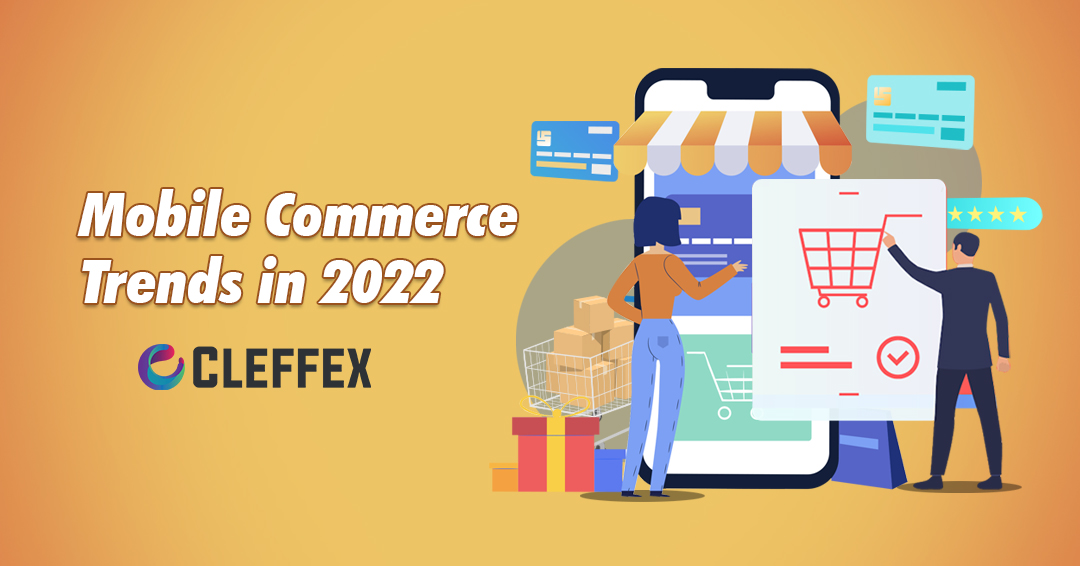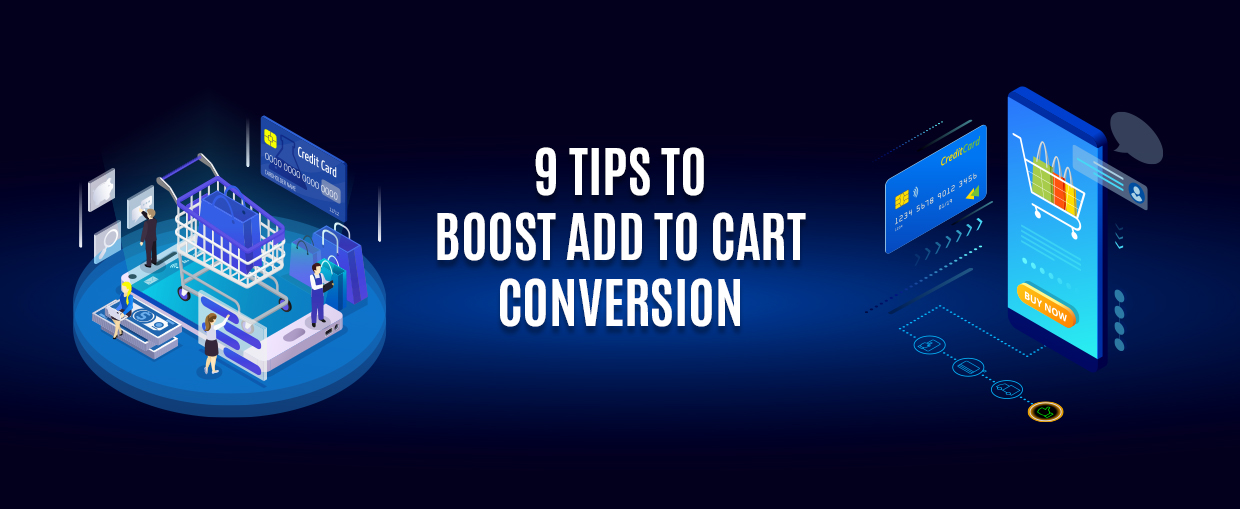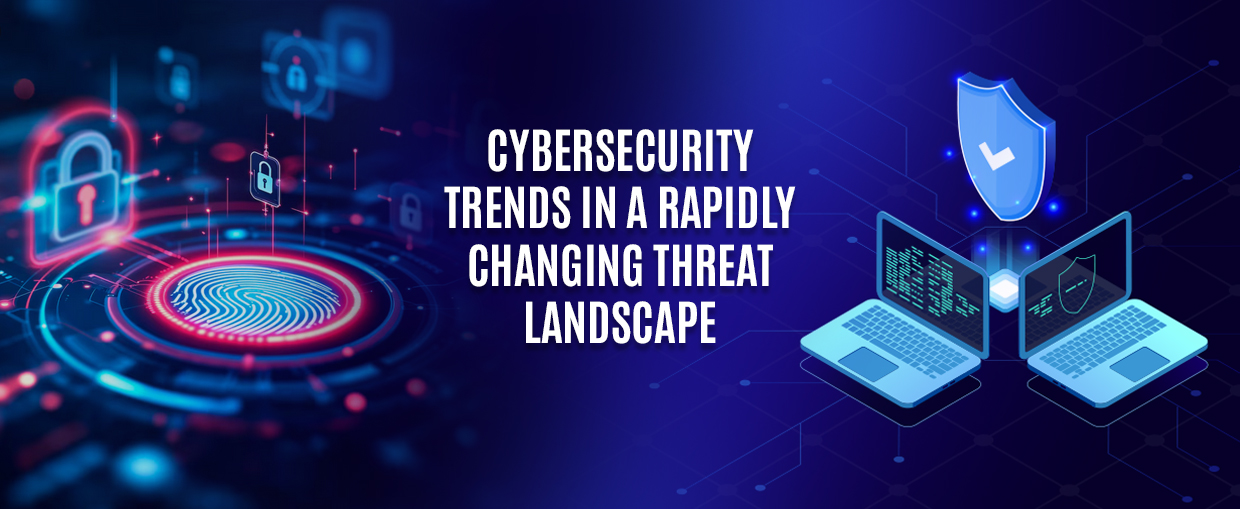Mobile technology has completely transformed how we live and connect with each other. Our smartphones are almost always within our reach and even dictate our daily habits. Consequently, mobile commerce trends are now constantly evolving.
Recent studies have claimed that an estimated 292 million people are expected to own mobile phones by 2024. Moreover, it is also predicted that around 187.5 million of them will be shopping through their smartphones. Consequently, retail m-commerce sales are projected to reach $437 billion in 2022 – which is a 21.5% increase from the previous year. And if you play your cards right, and invest in some smart digital marketing strategies, you can also tap into that revenue source easily.
Despite the numerous advantages of mobile commerce, it can be challenging and frustrating to manage. This is primarily because websites that are mobile-friendly are not universal. Moreover, merely creating a responsive storefront is not enough to capture mobile commerce sales. Then how can you benefit from this billion-dollar industry? Let’s discuss!
What is m-commerce?
M-commerce (mobile commerce) is simply the process of buying and selling products through a mobile device, a tablet, or any other handheld device. Some m-commerce examples include shopping for fashion items, food products, or even consumer packaged goods.
According to some recent mobile commerce trends, it is estimated that in 2022 6.9% of all retail transactions will happen through a mobile device which is projected to exceed 10% by 2025.
Some factors influencing this acceleration include the release of advanced phone technologies (including 5G), and how the population is slowly becoming mobile obsesses and dependent on digital devices.
Types of m-commerce
Payment apps – these apps are downloaded to a smartphone and can be used to send money to friends or pay for goods and services. Some m-commerce examples include Paypal and Venmo.
Mobile commerce apps – such apps enable brands to enhance the shopping experience for their customers. Once downloaded, users can then scan product catalogs, purchase items, and track orders without changing the interface. Some other advantages of mobile commerce apps include sending push notifications to users who have downloaded them onto their phones.
Social commerce – most social media platforms are now transforming to aid social commerce that enables users to buy products from third-party retailers without having to leave the application.
QR codes – Each QR code leads to a unique and specific landing page. You can use these codes even in your brick-and-mortar store to enhance user experience. Some m-commerce examples of QR codes include mobile banking, digital wallets, etc. You can also use them at the checkout counters, at product packaging, or even to suggest related items during shopping.
Advantages of mobile commerce
It offers a safe shopping option
M-commerce is COVID-safe (or any other communicable disease). During the pandemic, mobile commerce trends showed that around 30% of shoppers used mobile wallet transactions for the first time. The shift varied from country to country. And now, even though the circumstances have changed and shops are opening up, there are still many who rely on m-commerce since it is a safer option.
Increases reach
We know how important smartphones have become in our daily life and how dependent we are on them. Therefore, an m-commerce strategy will help you reach a wider audience and subsequently deliver a better shopping experience to your customers. This will include both mobile-friendly websites and standalone mobile applications.
Improves customer experiences
Contemporary shopping experiences are not a single-channel deal. It encompasses a variety of factors including social media, email browsers, mobile apps, in-store visits, live chat, and everything in between. Some mobile commerce trends common show that most users combine their shopping with a smartphone search and in-store visit. And marketers need to take into account these while creating enhanced customer experiences through omnichannel strategies.
Popular mobile commerce trends
1. Mobile-first online storefront
Merely creating a responsive design is not enough for mobile optimization. That is because, while the responsive design makes the website look good on mobile, it does not address the unique needs of mobile users. Use mobile app development services that offer designs for multiple screens and stop positions and can better control the user experience. Some elements you can incorporate include large buttons that cater to big thumbs, full-screen images for product display, hamburger icons to switch between page contents, and a navigation bar.
2. Leverage social commerce features
Several mobile commerce trends have projected the increase in the popularity of social media platforms. It has become imperative that marketers utilize the potential of these platforms to increase sales. With each social media website offering numerous methods to interact and engage with consumers, the smart way for retailers is to adapt their digital marketing strategy to incorporate all these different approaches. Some m-commerce examples on social media include Facebook shops, Instagram Shopping, Product Pins (Pinterest), or using Marketplace communities like Houzz.
3. Facilitate omnichannel retail strategy
To effectively leverage the many advantages of mobile commerce, it is important to create a retail strategy that encompasses both online and offline channels. Recent data shows how people often depend on their mobile devices to research a product. Therefore, marketers should work to combine this offline to online (and vice versa) shopping experience with multiple incentives and benefits. Try to align in-store shopping experiences with mobile, using technology solutions like QR codes, geo-fenced SMS coupons, mobile-specific comparison pages, etc.
4. Improve mobile loading speeds
A slow-loading website will affect the brand’s power to attract, acquire, and retain customers. moreover, most search engines also penalize the sites that do not deliver a seamless mobile shopping experience with a high-speed website. For instance, Google takes into account the mobile experience of a website when determining the ranking of each page.
5. Offer fast checkout
After creating a mobile-friendly website, if you feel that you are losing a vast majority of your mobile users at the checkout, you may need to refine that page. You will not be able to enjoy the advantages of mobile commerce if your leads do not get converted. Some common issues that people face are checkout pages that are too long and complicated. For instance, having to re-enter basic details multiple times can frustrate a user. The ideal option would be to offer a mobile-checkout process that can be presented with mobile-first payment options. This would facilitate shopping with a single click.
6. Create mobile chatbots
Mobile chatbots are one of the popular mobile commerce trends to communicate with your users. They can be used as a standalone tool or in conjunction with other communication channels like emails. According to recent studies, chatbot integration in mobile banking applications will be the main medium for user communications and will account for nearly 79% of successful interactions in 2023.
7. Offer enhanced privacy options
Online privacy has become a major concern for consumers. Even search engines and government bodies have taken the necessary steps to combat the issue. One way you can assure your users about their privacy concerns is by producing zero-party data, which refers to the information that is offered voluntarily by your users. Some m-commerce examples for this include their name, contact information, and other personal details provided by the users while signing up or while applying for incentives and discounts. The data collected can be further used to create personalized advertising campaigns.
8. Augmented reality
Using AR effects (Augmented Reality) in mobile applications is one of the popular mobile commerce trends of our times. Although it used to be an expensive investment for brands, it is now accessible to most small to medium-sized companies. One prominent space where this technology is used is virtual fitting rooms. In the challenging times of the pandemic, where hygiene and safety are a big concern, consumers will be less prepared to try on products physically – and this is where AR can replicate experiences without the health implications.
9. Metaverse is growing
There is a sudden spike in the number of people taking part in an alternate virtual world – the metaverse. It has evolved from being a mere gaming universe to a space to purchase virtual products as well. There are some key factors to look out for in these virtual mobile commerce trends – Non-Fungible Tokens (NFTs) and Cryptocurrency. While NFTs are one-of-a-kind digital assets that represent real-world objects, cryptocurrencies are tenders used by shoppers to pay for in the metaverse. Some examples of cryptocurrencies include Bitcoin, Ethereum, and Litecoin.
Final thoughts
Mobile commerce trends will continue to play a significant role in the ecommerce industry in the upcoming years. As an e-retailer, it is therefore smart to keep a close eye on these changing trends to modify your mobile commerce plans accordingly. If you want to know further about how you can create a mobile application for your business that adapts to the latest trends and stands out from the competition, read this insightful blog on the same.
Have an amazing idea for a mobile app? Contact our expert team to find out how you can make that idea a reality!









